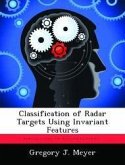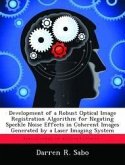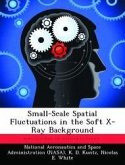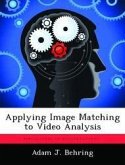In criminal investigations, it is not uncommon for investigators to obtain a photograph or image that shows a crimebeing committed. Additionally, thousands of pictures may exist of a location, taken from the same or varying viewpoints.Some of these images may even include a criminal suspect or witness. One mechanism to identify criminals and witnessesis to group the images found on computers, cell phones, cameras, and other electronic devices into sets representing thesame location. One or more images in the group may then prove the suspect was at the crime scene before, during,and/or after a crime. This research extends three image feature generation techniques, the Scale Invariant Feature Transform (SIFT), the Speeded Up Robust Features (SURF), and the Shi-Tomasi algorithm, to group images based onlocation. The image matching identifies keypoints in images with changes in the contents, viewpoint, and individualspresent at each location. After calculating keypoints for each image, the algorithm stores the strongest features for eachimage are stored to minimize the space and matching requirements.








